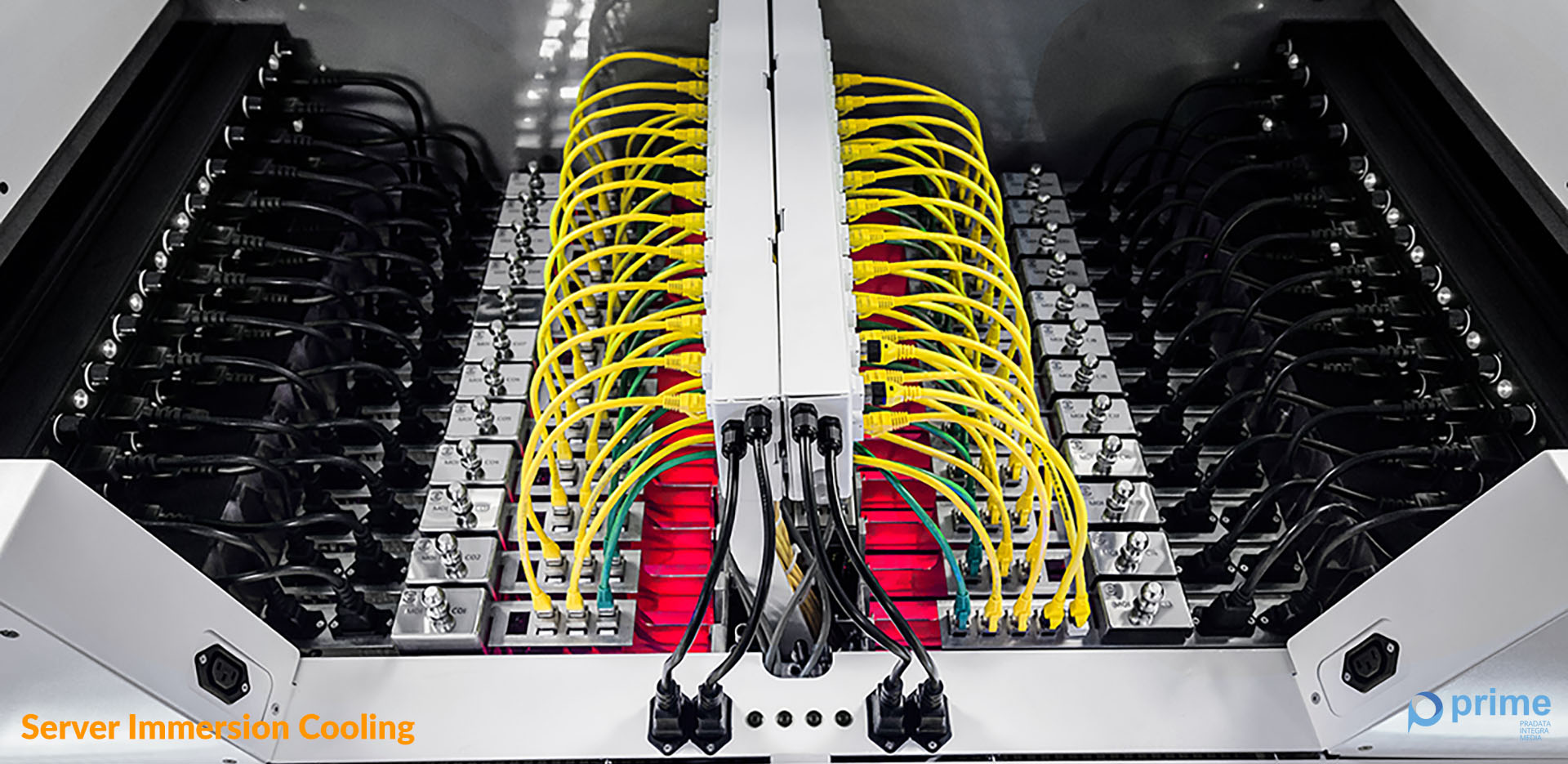 July 2, 2018 3:40 am |
July 2, 2018 3:40 am |
5 Easy Steps Optimizing Your Data Center Efficiency
Optimizing data center power usage is an important concern for data center managers. However, they continue to face challenges because power is one factor of increasing the percentage of data center operating costs.
The cost per kwh and demand is also increasing, mainly due to the high power density on the server. This results in an increase in the cost of electricity used at least 10% per year. In the next five years, the average data center operating expenses (opex) will increase to 15%.
Increased power usage of IT equipment can result in the increase of PUE value (power usage efficiency) as the standard of energy efficiency in the data center. However, insights about improving energy efficiency at IT equipment levels cannot be demonstrated by PUE metrics. This is because PUE further measures the data center energy efficiency of the facility components.
The most fundamental step for optimizing your data center efficiency is by measuring and monitoring power usage so that improvements can be monitored over time. Certainly, it needs to be followed by five easy steps to be followed by data center managers to optimize data center efficiency.
- Power Optimization of IT Devices
Since IT systems are what ultimately require power delivery, data center managers need to try to lower the amount of power to the IT equipment (known as payload power) as needed. Sixty percent of the payload power is consumed by the server so taking the following actions to reduce the power they need is critical:- Clear your workload and remove all unnecessary
- Virtualization more workload
- Get rid of servers that are on but do not perform significant tasks
- Upgrading your old server with a newer one
- Optimizing Data Center Space
Data centers built prior to the advent of server virtualization may be too much for current equipment needs, allowing further reduction of the space required for IT equipment and less IT power.
When building a new data center, it is worth considering a modular design that breaks the data center into individual modules that can be constantly updated as part of the data center design.
- Optimizing Data Center Cooling
To achieve the minimum level of efficiency, data center managers must ensure the application of standard data center cooling practices:- Using the Economizer – In cold regions, the air economizer can increase PUE significantly. In most of North America, for example, 40 to 90 percent of cooling can come from outside using air economizers.
The water side economizers, which transfer server heat to the water that then flows into the outdoor cooling tower, where the ambient temperature lowers the temperature before fresh water is recycled back to the data center. The air side economizers work the same way in a climate where the outside air is relatively cold throughout the year. - Flowing heat – Flowing hot data center equipment that generates the most heat out of the data center or can be used to heat other parts of the building. Can be done by providing a hot aisle barrier. The hot aisle holder is actually a more efficient way to control the cooling temperature of the data center.
These units allow front and rear air flow, with cold air entering through the front opening and exhausting hot air out the back, into the hot hallway. Chimneys on the roof of a shelf cage can blast the heated air. - Optimizing Air Conditioning Systems – There are two main ways to optimize air conditioning systems – switch off periodically, using alternative cooling sources, such as air optimizers or to continue to vary the speed, which helps reduce the total amount of energy the unit consumes.
- Using the Economizer – In cold regions, the air economizer can increase PUE significantly. In most of North America, for example, 40 to 90 percent of cooling can come from outside using air economizers.
- Eliminate Data Center Power and Cooling Inefficiency
Outdated power delivery systems, including uninterruptible power supplies (UPS), power distribution units (PDUs) and transformers, can negatively impact the PUE ratio. Evaluating the current situation, modern future needs and alternatives requires time and investment, but usually results in a good return in terms of increasing and saving the PUE ratio.
- Utilizing DCIM toolsFurther improvements to energy efficiency can be achieved through the use of Data Center Infrastructure Management / Data Center Infrastructure Management (DCIM) software. The DCIM software provides the necessary connection between the operational needs of physical IT equipment and physical facilities (building and environmental control).DCIM as a data center infrastructure management designed to collect and manage information about data center assets, resource usage and operating status throughout the data center life cycle. This integrated information is then distributed and can be used to help data center managers optimize data center performance. With the optimization of a good data center can streamline operational costs, improve the quality of IT services and meet business needs.
Tags: Data Center, Data Center Cooling, Data Center Space, DCIM, effeciency, optimization, Space








